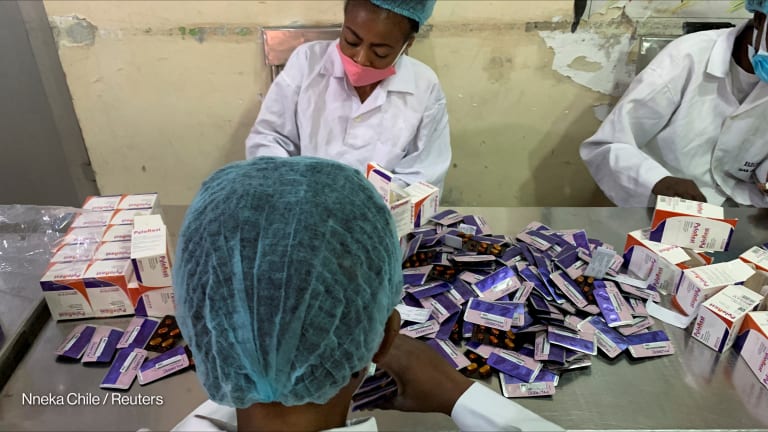On October 9, Uganda marked 50 years of independence from British rule. During celebrations in Kampala, Ugandan President Yoweri Museveni unveiled a new 10-point plan to transform Uganda into a middle-income country. The 10-point plan aims to facilitate private sector-led growth, modernize the agriculture sector, and deepen democratic governance, among other objectives. One of the fastest-growing economies in sub-Saharan Africa, Uganda could reach middle-income status within the next ten years, according to the World Bank.
Yet while robust economic growth over the last two decades has lifted millions of its citizens out of poverty, Uganda remains among the poorest countries in the world. In its 2011 Human Development Index, the UN Development Program ranked Uganda 161st out of 187 countries. Last month, the Ugandan Health Ministry revealed that the East African nation is likely to fall short of its Millennium Development Goals (MDGs) targets to reduce child mortality and improve maternal health. Uganda is on target to meet the first MDG of halving poverty and hunger by 2015.
In its 2011-15 country development cooperation strategy for Uganda, the U.S. Agency for International Development reaffirms Washington’s development partnership with Kampala. The fifth largest recipient of U.S. foreign aid in sub-Saharan Africa, Uganda is a focus country for each of the Obama administration’s marquee global development initiatives: Feed the Future, the Global Health Initiative and the Global Climate Change Initiative. USAID has been working in Uganda since the East African nation gained its independence in 1962.
This story is forDevex Promembers
Unlock this story now with a 15-day free trial of Devex Pro.
With a Devex Pro subscription you'll get access to deeper analysis and exclusive insights from our reporters and analysts.
Start my free trialRequest a group subscription







